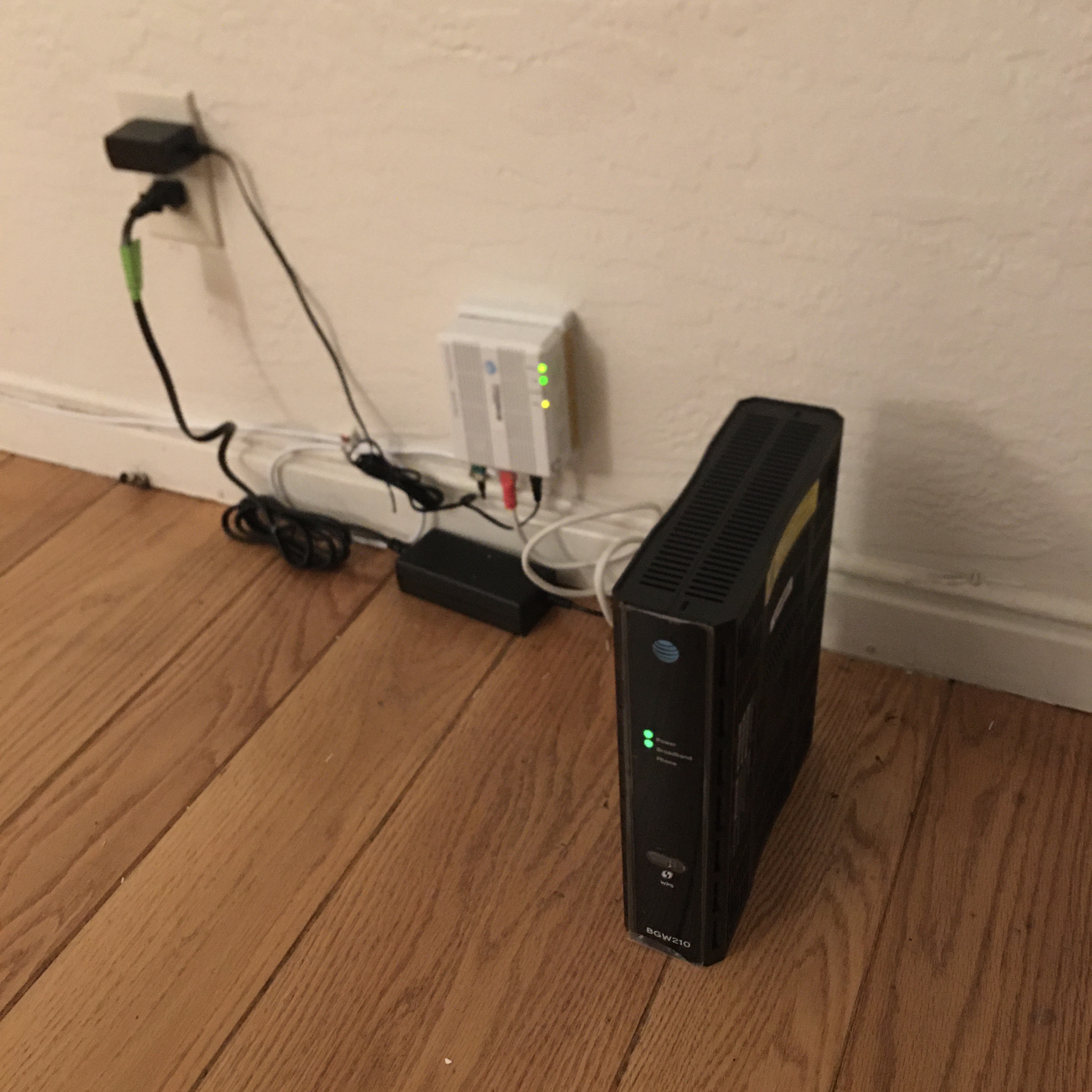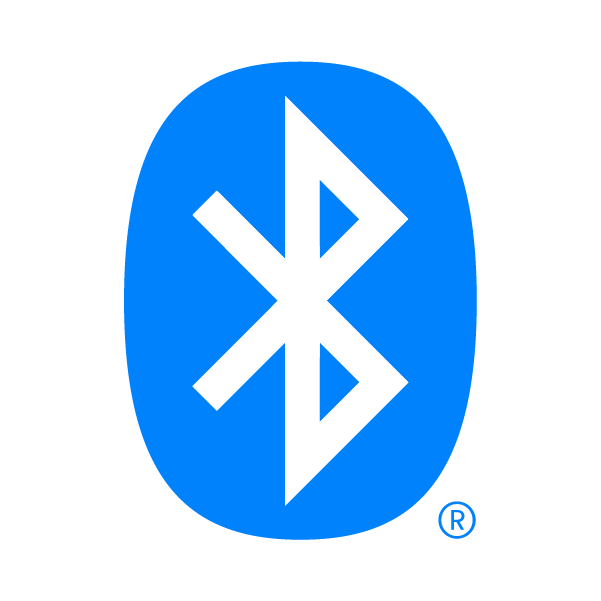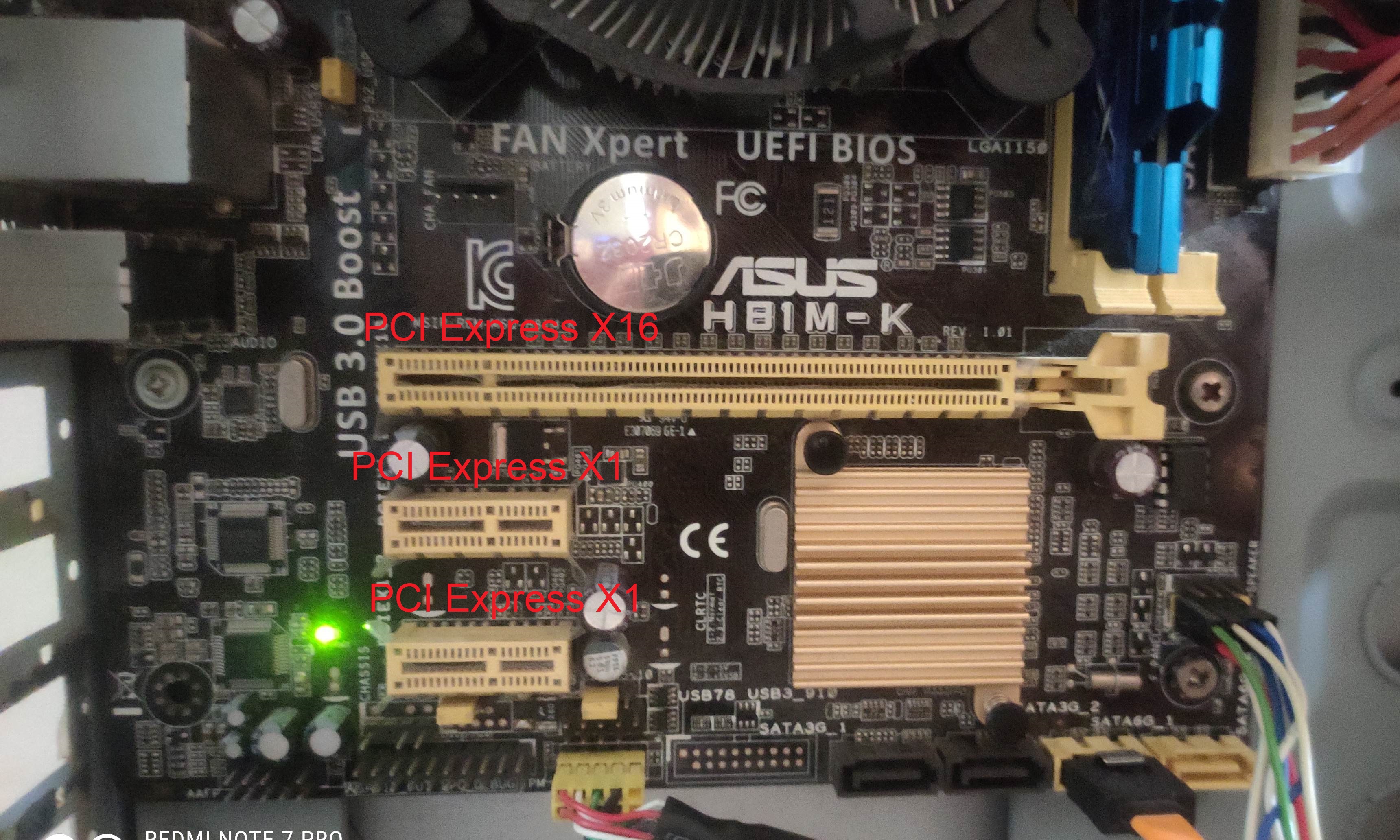|
Cnvi
CNVi or CNVio ("Connectivity Integration", Intel Integrated Connectivity I/O interface) is a proprietary connectivity Interface_(computing), interface by Intel for Wi-Fi and Bluetooth radios to lower costs and simplify their wireless modules. In CNVi, the network adapter's large and usually expensive functional blocks (MAC address, MAC components, memory, processor and associated logic/firmware) are moved inside the CPU and chipset (Platform Controller Hub). Only the Network processor, signal processor, analog and Radio frequency (RF) functions are left on an external upgradeable CRF (Companion RF) module which, as of 2019 comes in M.2 form factor (M.2 2230 and 1216 Soldered Down). Therefore, CNVi requires chipset and Intel CPU support. Otherwise the Wi-Fi + Bluetooth module has to be the traditional M.2 PCI Express, PCIe form factor. CNVio was introduced on desktop platforms in 2017 with the launch of Goldmont_Plus, Gemini Lake, and on mobile Intel platforms in 2018 with Coffee ... [...More Info...] [...Related Items...] OR: [Wikipedia] [Google] [Baidu] |
Comet Lake (microarchitecture)
Comet Lake is Intel's List of Intel codenames, codename for its 10th generation Intel Core, Core microprocessors. They are manufactured using Intel's third 14 nm process, 14 nm Skylake (microarchitecture), Skylake process refinement, succeeding the Whiskey Lake (microprocessor), Whiskey Lake U-series mobile processor and Coffee Lake desktop processor families. Intel announced low-power mobile Comet Lake-U CPUs on August 21, 2019, H-series mobile CPUs on April 2, 2020, desktop Comet Lake-S CPUs April 30, 2020, and Xeon W-1200 series workstation CPUs on May 13, 2020. Comet Lake processors and Ice Lake (microprocessor), Ice Lake 10 nm process, 10 nm processors are together branded as the Intel "10th Generation Core" family. Intel officially launched Comet Lake-Refresh CPUs on the same day as 11th Gen Core Rocket Lake launch. The low-power mobile Comet Lake-U Core and Celeron 5205U CPUs were discontinued on July 7, 2021. Generational changes All Comet Lake CPUs feature an upd ... [...More Info...] [...Related Items...] OR: [Wikipedia] [Google] [Baidu] |
Coffee Lake (microarchitecture)
Coffee Lake is Intel's codename for its eighth generation Core microprocessor family, announced on September 25, 2017. It is manufactured using Intel's second 14 nm process node refinement. Desktop Coffee Lake processors introduced i5 and i7 CPUs featuring six cores (along with hyper-threading in the case of the latter) and Core i3 CPUs with four cores and no hyperthreading. On October 8, 2018, Intel announced what it branded its ninth generation of Core processors, the Coffee Lake Refresh family. To avoid running into thermal problems at high clock speeds, Intel soldered the integrated heat spreader (IHS) to the CPU die instead of using thermal paste as on the Coffee Lake processors. The generation was defined by another increase of core counts. Coffee Lake is used with the 300-series chipset, and officially does not work with the 100- and 200-series chipset motherboards. Although desktop Coffee Lake processors use the same physical LGA 1151 socket as Skylake and Kaby Lak ... [...More Info...] [...Related Items...] OR: [Wikipedia] [Google] [Baidu] |
Goldmont Plus
Goldmont Plus is a microarchitecture for low-power Atom, Celeron and Pentium Silver branded processors used in systems on a chip (SoCs) made by Intel. The ''Gemini Lake'' platform with 14 nm Goldmont Plus core was officially launched on December 11, 2017. Intel launched the ''Gemini Lake Refresh'' platform on November 4, 2019. Design Goldmont Plus is an enhanced 2nd generation out-of-order low-power Atom microarchitecture designed for entry level desktop and notebook computers. Goldmont Plus is built on the 14 nm manufacturing process and supports up to four cores for the consumer devices. It includes the Intel Gen9 graphics architecture with improvements introduced with the Kaby Lake microarchitecture. The Goldmont Plus microarchitecture builds on the success of the Goldmont microarchitecture, and provides the following enhancements: * Widened previous generation Atom processor back-end pipeline to 4-wide allocation to 4-wide retire, while maintaining 3-wid ... [...More Info...] [...Related Items...] OR: [Wikipedia] [Google] [Baidu] |
Interface (computing)
In computing, an interface is a shared boundary across which two or more separate components of a computer system exchange information. The exchange can be between software, computer hardware, peripheral devices, humans, and combinations of these. Some computer hardware devices, such as a touchscreen, can both send and receive data through the interface, while others such as a mouse or microphone may only provide an interface to send data to a given system. Hardware interfaces Hardware interfaces exist in many components, such as the various buses, storage devices, other I/O devices, etc. A hardware interface is described by the mechanical, electrical, and logical signals at the interface and the protocol for sequencing them (sometimes called signaling). See also: A standard interface, such as SCSI, decouples the design and introduction of computing hardware, such as I/O devices, from the design and introduction of other components of a computing system, thereby allowi ... [...More Info...] [...Related Items...] OR: [Wikipedia] [Google] [Baidu] |
Intel
Intel Corporation is an American multinational corporation and technology company headquartered in Santa Clara, California, Santa Clara, California. It is the world's largest semiconductor chip manufacturer by revenue, and is one of the developers of the x86 series of instruction sets, the instruction sets found in most personal computers (PCs). Delaware General Corporation Law, Incorporated in Delaware, Intel ranked No. 45 in the 2020 Fortune 500, ''Fortune'' 500 list of the largest United States corporations by total revenue for nearly a decade, from 2007 to 2016 fiscal years. Intel supplies microprocessors for List of computer system manufacturers, computer system manufacturers such as Acer Inc., Acer, Lenovo, HP Inc., HP, and Dell Technologies, Dell. Intel also manufactures motherboard chipsets, network interface controllers and integrated circuits, flash memory, Graphics processing unit, graphics chips, Embedded system, embedded processors and other devices related to com ... [...More Info...] [...Related Items...] OR: [Wikipedia] [Google] [Baidu] |
Wi-Fi
Wi-Fi () is a family of wireless network protocols, based on the IEEE 802.11 family of standards, which are commonly used for local area networking of devices and Internet access, allowing nearby digital devices to exchange data by radio waves. These are the most widely used computer networks in the world, used globally in home and small office networks to link desktop and laptop computers, tablet computers, smartphones, smart TVs, printers, and smart speakers together and to a wireless router to connect them to the Internet, and in wireless access points in public places like coffee shops, hotels, libraries and airports to provide visitors with Internet access for their mobile devices. ''Wi-Fi'' is a trademark of the non-profit Wi-Fi Alliance, which restricts the use of the term ''Wi-Fi Certified'' to products that successfully complete interoperability certification testing. the Wi-Fi Alliance consisted of more than 800 companies from around the world. over 3 ... [...More Info...] [...Related Items...] OR: [Wikipedia] [Google] [Baidu] |
Bluetooth
Bluetooth is a short-range wireless technology standard that is used for exchanging data between fixed and mobile devices over short distances and building personal area networks (PANs). In the most widely used mode, transmission power is limited to 2.5 milliwatts, giving it a very short range of up to . It employs Ultra high frequency, UHF radio waves in the ISM bands, from 2.402GHz to 2.48GHz. It is mainly used as an alternative to wire connections, to exchange files between nearby portable devices and connect cell phones and music players with wireless headphones. Bluetooth is managed by the Bluetooth Special Interest Group (SIG), which has more than 35,000 member companies in the areas of telecommunication, computing, networking, and consumer electronics. The Institute of Electrical and Electronics Engineers, IEEE standardized Bluetooth as IEEE 802.15.1, but no longer maintains the standard. The Bluetooth SIG oversees development of the specification, manages the qualificat ... [...More Info...] [...Related Items...] OR: [Wikipedia] [Google] [Baidu] |
MAC Address
A media access control address (MAC address) is a unique identifier assigned to a network interface controller (NIC) for use as a network address in communications within a network segment. This use is common in most IEEE 802 networking technologies, including Ethernet, Wi-Fi, and Bluetooth. Within the Open Systems Interconnection (OSI) network model, MAC addresses are used in the medium access control protocol sublayer of the data link layer. As typically represented, MAC addresses are recognizable as six groups of two hexadecimal digits, separated by hyphens, colons, or without a separator. MAC addresses are primarily assigned by device manufacturers, and are therefore often referred to as the burned-in address, or as an Ethernet hardware address, hardware address, or physical address. Each address can be stored in hardware, such as the card's read-only memory, or by a firmware mechanism. Many network interfaces, however, support changing their MAC address. The address ... [...More Info...] [...Related Items...] OR: [Wikipedia] [Google] [Baidu] |
Platform Controller Hub
The Platform Controller Hub (PCH) is a family of Intel's single-chip chipsets, first introduced in 2009. It is the successor to the Intel Hub Architecture, which used two chips - a northbridge and southbridge, and first appeared in the Intel 5 Series. The PCH controls certain data paths and support functions used in conjunction with Intel CPUs. These include clocking (the system clock), Flexible Display Interface (FDI) and Direct Media Interface (DMI), although FDI is used only when the chipset is required to support a processor with integrated graphics. As such, I/O functions are reassigned between this new central hub and the CPU compared to the previous architecture: some northbridge functions, the memory controller and PCIe lanes, were integrated into the CPU while the PCH took over the remaining functions in addition to the traditional roles of the southbridge. AMD has its equivalent for the PCH, known simply as a chipset, no longer using the previous term Fusion control ... [...More Info...] [...Related Items...] OR: [Wikipedia] [Google] [Baidu] |
Network Processor
A network processor is an integrated circuit which has a feature set specifically targeted at the Computer networking, networking application domain. Network processors are typically software programmable devices and would have generic characteristics similar to general purpose central processing units that are commonly used in many different types of equipment and products. History of development In modern telecommunications networks, information (voice, video, data) is transferred as Packet (information technology), packet data (termed packet switching) which is in contrast to older telecommunications networks that carried information as analog signals such as in the public switched telephone network (PSTN) or analog TV/Radio networks. The processing of these packets has resulted in the creation of integrated circuits (IC) that are optimised to deal with this form of packet data. Network processors have specific features or architectures that are provided to enhance and optimise ... [...More Info...] [...Related Items...] OR: [Wikipedia] [Google] [Baidu] |
Radio Frequency
Radio frequency (RF) is the oscillation rate of an alternating electric current or voltage or of a magnetic, electric or electromagnetic field or mechanical system in the frequency range from around to around . This is roughly between the upper limit of audio frequencies and the lower limit of infrared frequencies; these are the frequencies at which energy from an oscillating current can radiate off a conductor into space as radio waves. Different sources specify different upper and lower bounds for the frequency range. Electric current Electric currents that oscillate at radio frequencies (RF currents) have special properties not shared by direct current or lower audio frequency alternating current, such as the 50 or 60 Hz current used in electrical power distribution. * Energy from RF currents in conductors can radiate into space as electromagnetic waves ( radio waves). This is the basis of radio technology. * RF current does not penetrate deeply into electrica ... [...More Info...] [...Related Items...] OR: [Wikipedia] [Google] [Baidu] |
PCI Express
PCI Express (Peripheral Component Interconnect Express), officially abbreviated as PCIe or PCI-e, is a high-speed serial computer expansion bus standard, designed to replace the older PCI, PCI-X and AGP bus standards. It is the common motherboard interface for personal computers' graphics cards, hard disk drive host adapters, SSDs, Wi-Fi and Ethernet hardware connections. PCIe has numerous improvements over the older standards, including higher maximum system bus throughput, lower I/O pin count and smaller physical footprint, better performance scaling for bus devices, a more detailed error detection and reporting mechanism (Advanced Error Reporting, AER), and native hot-swap functionality. More recent revisions of the PCIe standard provide hardware support for I/O virtualization. The PCI Express electrical interface is measured by the number of simultaneous lanes. (A lane is a single send/receive line of data. The analogy is a highway with traffic in both direc ... [...More Info...] [...Related Items...] OR: [Wikipedia] [Google] [Baidu] |






